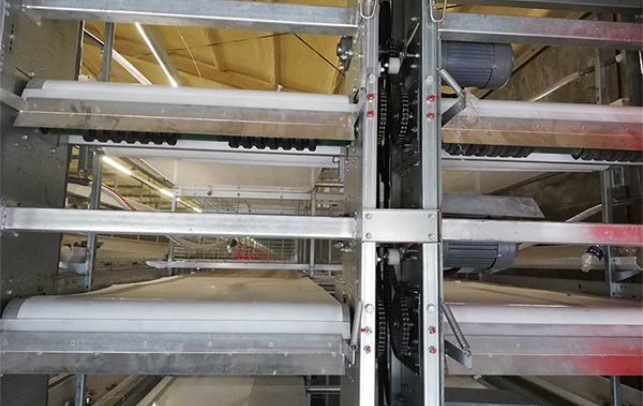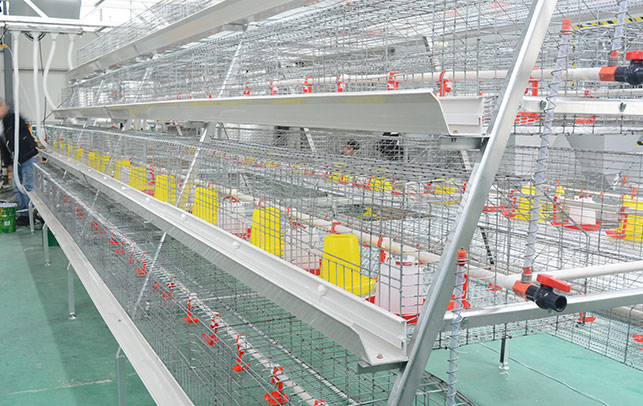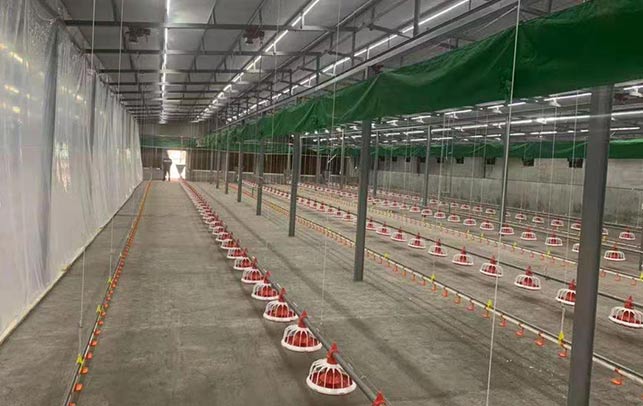Building a Poultry Farm in Zambia for 20,000 Chickens: A Comprehensive Guide
Time : 2025-03-27
Building a poultry farm in Zambia for 20,000 chickens is a significant venture that requires careful planning, strategic execution, and a deep understanding of the local market. In this article, we’ll walk you through the essential steps to create a successful poultry farm in Zambia, ensuring that you’re prepared for the challenges and opportunities that lie ahead.
1. Market Research and Feasibility Study
Before you even think about building your poultry farm, it’s crucial to conduct thorough market research and a feasibility study. Here’s what you need to do:
1.1 Understand the Market
– Demand Analysis: Determine the demand for poultry products in Zambia. Are there enough consumers to support a farm of this size?
– Competitor Analysis: Identify existing poultry farms and understand their market share, pricing strategies, and customer base.
1.2 Conduct a Feasibility Study
– Financial Projections: Estimate the initial investment, ongoing operational costs, and expected revenue.
– Risk Assessment: Identify potential risks such as disease outbreaks, market fluctuations, and political instability.
2. Location and Infrastructure
The location of your poultry farm is critical to its success. Here are some key considerations:
2.1 Ideal Location
– Accessibility: Ensure the farm is easily accessible to suppliers, markets, and customers.
– Water Source: A reliable water supply is essential for the chickens’ hydration and for cleaning purposes.
– Land Availability: You’ll need enough space to house 20,000 chickens and all the necessary equipment.
2.2 Infrastructure Planning
– Buildings: Design the layout of your farm, including chicken coops, offices, storage facilities, and processing areas.
– Utilities: Plan for electricity, water, and waste management systems.
3. Chicken Selection and Breeding
Choosing the right breed of chickens is vital for your farm’s productivity and profitability:
3.1 Breed Selection
– Productivity: Look for breeds that are known for high egg production or meat yield.
– Disease Resistance: Choose breeds that are resistant to common poultry diseases in Zambia.
3.2 Breeding Program
– Health Management: Implement a health management program to ensure the chickens remain healthy and productive.
– Genetic Improvement: Regularly update your flock with new genetic material to maintain high productivity levels.
4. Feeding and Nutrition
Proper nutrition is essential for the health and growth of your chickens:
4.1 Feed Selection
– Quality Feed: Use high-quality feed that meets the nutritional requirements of your chickens.
– Cost-Effectiveness: Balance the quality of feed with the cost to ensure profitability.
4.2 Feeding Schedule
– Regular Intake: Provide feed at regular intervals to maintain consistent growth and production.
– Health Monitoring: Monitor the chickens’ intake and adjust the feeding schedule as needed.
5. Health Management
Preventing disease outbreaks is crucial for the success of your poultry farm:
5.1 Biosecurity Measures
– Sanitation: Maintain high standards of cleanliness in the coops and around the farm.
– Vaccination Program: Implement a comprehensive vaccination program to protect against common diseases.
5.2 Health Monitoring
– Regular Check-ups: Conduct regular health checks on the chickens to detect any signs of illness early.
– Expert Consultation: Consult with poultry health experts to ensure your biosecurity measures are effective.
6. Marketing and Distribution
A strong marketing strategy is essential to sell your poultry products:
6.1 Market Channels
– Direct Sales: Establish direct sales channels to consumers, such as farmers’ markets or doorstep delivery.
– Wholesale: Partner with local supermarkets and restaurants for bulk orders.
6.2 Branding
– Strong Branding: Create a strong brand identity that resonates with your target market.
– Marketing Campaigns: Run targeted marketing campaigns to promote your products.
7. Legal and Regulatory Compliance
Ensure that your poultry farm complies with all local laws and regulations:
7.1 Permits and Licenses
– Zambia Poultry Board: Obtain the necessary permits and licenses from the Zambia Poultry Board.
– Environmental Regulations: Ensure that your farm complies with environmental regulations to prevent pollution.
7.2 Insurance
– Insurance Coverage: Purchase insurance to protect your investment against unforeseen events.
Conclusion
Building a poultry farm in Zambia for 20,000 chickens is a complex task that requires meticulous planning and execution. By following these steps, you can increase your chances of success. Remember, the key to a successful poultry farm lies in understanding the market, managing health effectively, and maintaining a strong marketing strategy.











